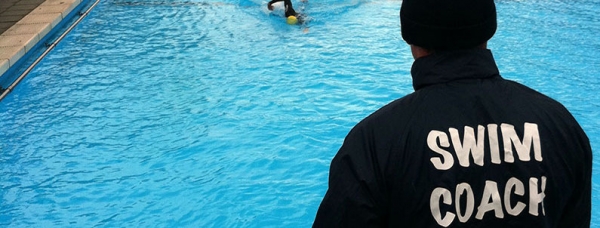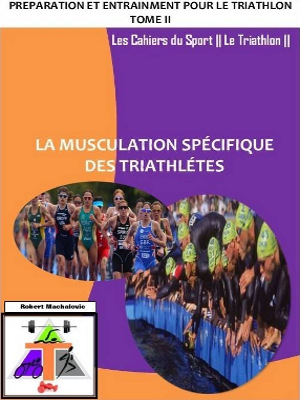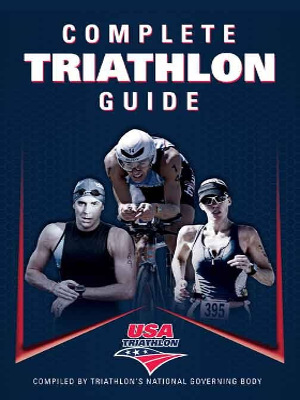Training by competitive swimmers typically consists of repeated bouts of shorter or longer intervals in a short-course or long-course pool. Intervals span a continuum from longer slower intervals (50-1600 m for developing aerobic or endurance fitness) to shorter faster intervals (15-200 m for developing anaerobic or race pace qualities). The basic prescription of interval training can be simplified to four primary variables: (i) the number of intervals or repeat efforts, (ii) the length/distance of the interval (15 m to continuous swimming), (iii) the intensity (i.e., pace or velocity) of the interval, and (iv) the rest period between intervals (variously formulated as the cycle time or rest period).
The resulting training sets can be presented in the well established format of number of intervals/repeats x distance (pace) on cycle time/rest period. Two examples are 20 x 100 m (1:20) on 2:00, and 16 x 50 m (@ 200 m race pace) on 1:30.
A fundamental challenge for coaches and scientiste is the accurate determination of specific training paces. A common approach is to base training times on the goal or predicted competition time for each individual swimmer. At the international level, this is achieved by examination of the most recent championship performances and where necessary forward projection to the upcoming major competition.





